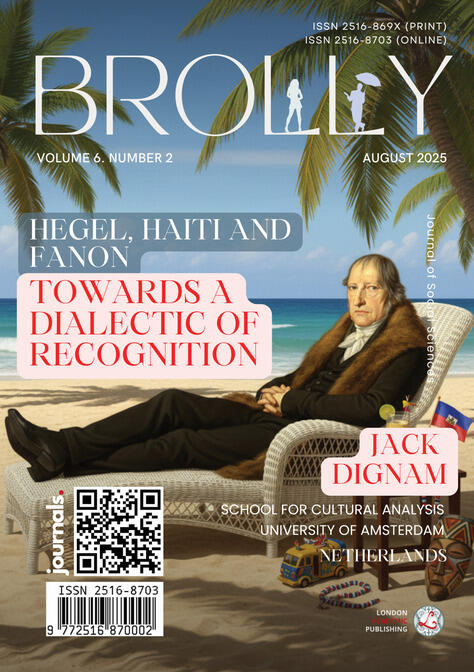
Erasing the Boundaries between the Past and the Present in Sam Shepard’s “True West” and “Buried Child”
Erasing the Boundaries between the Past and the Present in Sam Shepard’s “True West” and “Buried Child”
by
Abstract
From a postmodern approach, this paper studies the notion of erasure in Shepard’s True West (1980) and Buried Child (1979), and it focuses on the impossibility of erasing the agrarian past, as well as the inability to ignore the postmodern present. To better understand the playwright’s redefinition of erasure, it is pertinent to first study the relationship between the past and the present in Buried Child. The author refers to Harold Bloom’s Anatomy of Influence to examine the way Shepard revisits the frontier and the Corn King myth. Realism, postmodernist features, simulacrum, surrealism, absurdity, Aristotelian tragedy, dramatic elements, and thematic concerns are deployed to explore the protagonists’ quest for self-definition, for finding out the characteristics of a true Westerner, and for disclosing that the true Western self is reformed through going beyond erasure and blurring the boundaries between temporal planes.



